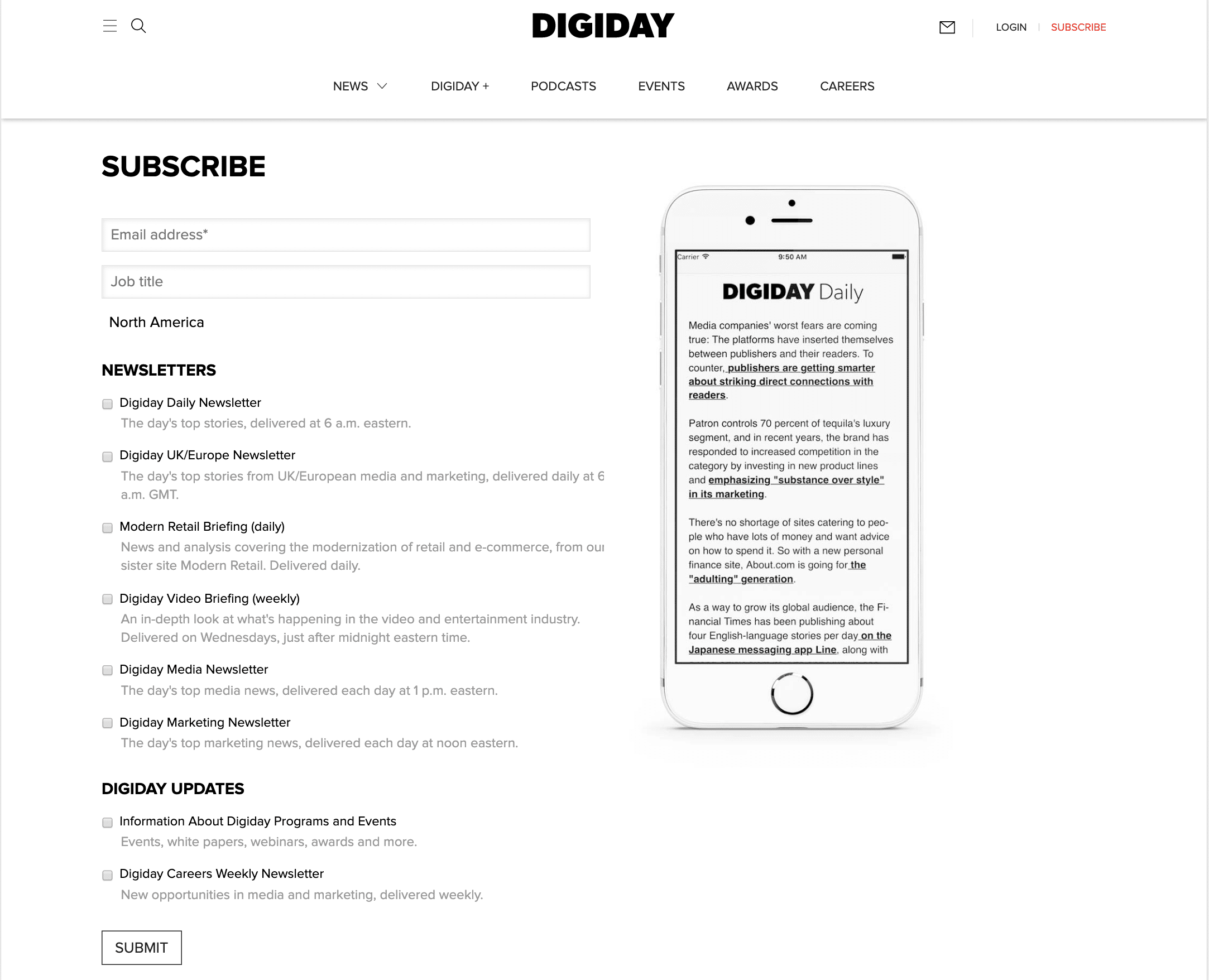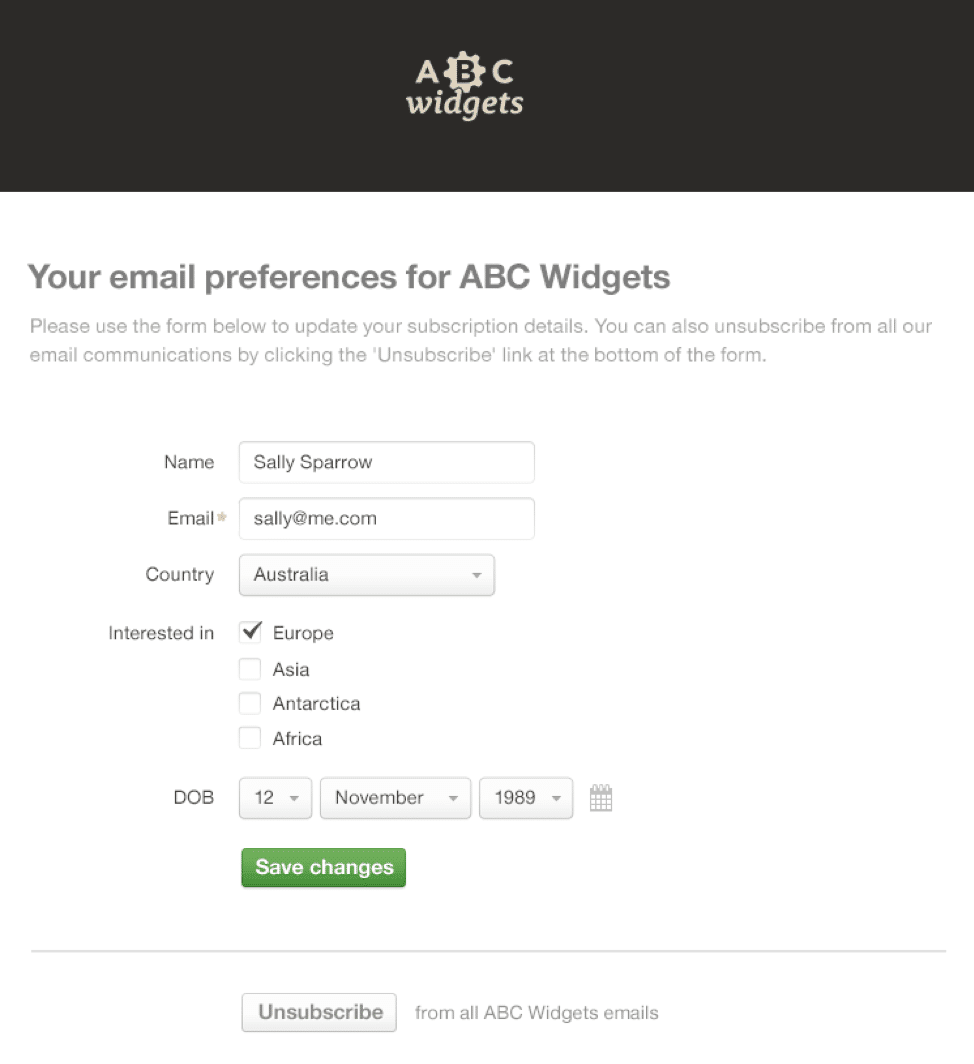There’s an outdated email marketing theory that tells us the bigger the list, the better it is for your marketing efforts. And then, once you’ve acquired that large list, it’s in your best interest to fill your subscribers’ inboxes with messages.
But what if a large portion of those subscribers aren’t engaged with your emails? Even worse, what if you’re finding that those who are disengaged actually end up opting out?
Preventing subscriber churn is a top priority for most email marketers. But, in order to find success in that area, it’s important to let go of old theories and focus on what’s best for our subscribers, instead of our own marketing needs.
So we’ll dive into debunking old theories and myths, how to elevate your list growth strategies, and tips to keep subscribers consistently and highly engaged.
Debunk list myths and focus on growth.
Having a large list of uninterested contacts will never be as valuable as a small, engaged group of subscribers who interact with your emails.
Often, the majority of a contact list could be deemed as inactive or unengaged. Continually making an effort to keep contacts actively engaged is much more effective than reaching out when they’re long gone.
So what are the top three reasons subscribers eventually opt out from an email list?
- Too many emails
- Irrelevant content
- They forgot they subscribed
How does list growth help?
Even though the average email list churns 20-30% annually, 89% of general consumers are willing to share their personal information in exchange for clearly defined benefits. By focusing on continual list growth, you’ll naturally combat that 20-30% annual churn.
However, there’s more that goes into growth than just adding as many subscribers as possible to your list. And there’s a very big difference between a large list and a healthy list. So, when you’re in your list-building stages, be sure to follow these steps to acquire subscribers who’ll benefit from your communications and contribute to a healthy list.
Steps and best practices to growing a healthy list
1. Don’t miss an opportunity to connect.
Give any potential subscribers the opportunity to sign up for your email marketing list at every point of contact with your brand. Here are some top opportunities:
- Use Campaign Monitor’s subscribe forms on your website or as a designated landing page or use a signup form integration instead.
- Try out Join by Text, which can integrate with Campaign Monitor.
- Connect your software tools via Integrations (Shopify, Salesforce, etc.).
- Share your signup page link on social media channels or in your email signature.
2. Set clear expectations.
Setting clear expectations up front about how the subscriber will receive emails from your brand will help you avoid being flagged. It’ll also help subscribers know what to look for in their inbox, so they can stay engaged.
Here’s how we’ve addressed expectations in one of our event follow-ups, giving a clear expectation of what subscribers can expect by signing up.

3. Include a compelling value proposition.
People sign up for your emails because they expect something in return. Be clear on what’s in it for them on your opt-in forms by stating the types of content:
- Educational content
- Discounts and offers
- Early access and exclusive promotions
4. Collect the right data.
Be intentional with your form and only ask for the information critical to the success of your email marketing.
- One to three fields on your form are optimal—with every form field you add, you may reduce signups by 25%.
- Think about each piece of information you collect and make sure you know how you’ll use that information to enhance the subscriber experience (otherwise, that info isn’t necessary).

Provide personalized value.
Far too many marketers send their entire audience the same type of content over and over and still expect them to engage with it. To communicate effectively in the inbox and maintain your subscribers’ attention, you need to mix it up and provide different kinds of value based on subscriber preferences and/or where they are in their subscriber journey with you.
Consider all of your customer touch points and the subscriber lifecycle to see if you’re missing an opportunity to share helpful or interesting content.
Customer touch points:
1. Subscriber behavior and lifecycle emails
Emails that align with the customer’s lifecycle, like welcome messages, birthday emails, and emails that thank a customer for their purchase are great for subscriber engagement. These types of messages also let your subscriber know that you’re paying attention to where they are in their specific customer journey and provide the right type of nudge they need based on their current relationship with your brand.
2. Educational and value-based emails
Whether they’re specifically related to your product or your industry as a whole, educational content can provide valuable information for you subscribers and simultaneously move them down the sales funnel. Content like your brand’s story, product guides, infographics, and help/support lets your subscribers know you’re there for them, outside of just making a sale, and that your brand provides legitimate value to their lives.
3. Emails highlighting company objectives
Similar to educational content, emails that include blogs, thought leadership pieces, announcements, and press releases are a great way to add value to your brand and give your subscribers the information they want to consume. This type of content also helps subscribers build trust in your brand and your company’s overall objectives.
4. Emails that boost loyalty
We’re all familiar with the steps to take before we make the sale, but what about the post-sale strategy? Be sure to thank loyal customers for sticking with your brand by sending emails that include rewards, thank you messages, or early access to an upcoming product or service.
5. Promotional emails
Even the most eager customers still require a little nudge from time to time. Encouraging subscribers to make their next purchase can be easy with emails that include sales, discounts, or special offers. And, if you really want to increase urgency, make sure to put an expiration date on those discounts and offers to get your subscribers to act fast.
Personalizing the subscriber experience
Sending personalized content is your key to maintaining an engaged audience. Because, when you send content that’s personalized to the individual and their specific place in the buyer journey, you’re catering to their needs and the type of content they’re looking for. There are a few ways you can make sure your content is relevant to each reader.
- You can ask for more at email signup, but, if information is simply “nice to have,” ask for it later on in the welcome email series or a few weeks after signing up.
- Are there any fields, such as “Last Name,” that could be replaced with something more valuable like content or frequency preferences? Could this field be removed altogether?
- After three fields, we tend to see a 25% drop in subscriber signups, so be sure that anything you add to your signup form is critical.
Be sure to have a preference center strategy in place from the beginning. This will ensure you have accurate and up-to-date information on your subscribers, as well as more options for personalization, segmentation, and automation. Although you’ll have customers change info in the sales process, it’s important to give them the option in email as well.
- Add a “manage preferences” CTA at some point during your welcome series.
- Be sure your preferences option is added to all of your templates and that it’s clearly visible. Encourage people to update their preferences, rather than just opting out. If you’re willing, you could let people choose to get less emails, in which case you could exclude them from your regular sends.
- Send targeted emails to people who are missing contact information and invite them to “get to know each other” or “ introduce yourself,” so you can send them more relevant content.

Re-engage and reconnect with subscribers.
Just because a subscriber has temporarily lost interest doesn’t mean you have to say goodbye forever. Re-engagement campaigns can remind subscribers of what they’re missing out on and get the conversation up and running once again.
However, after you do run one or two re-engagement campaigns without any word from a subscriber, it’s important that you remove those ghost subscribers from your list. We recommended conducting some type of re-engagement campaign every 6-12 months, at the minimum. If you can have an ongoing strategy, even better.
Steps to a strong re-engagement campaign
1. Identify your unengaged subscribers.
Create a segment to find out who’s been in your audience for a while, but hasn’t engaged with your emails in a few months. This will vary depending on how often you send, but a good starting point is people who’ve been in your account 30 days but haven’t opened in 180 days
2. Pause sending.
Exclude the unengaged segment from your regular emails and give them a break.
3. Create a compelling email (series).
If possible, offer your subscribers something in return for their engagement. This could be a new content piece, discount, anything of value. Remember: These are subscribers who show low engagement, so don’t expect great results—if you can win back one subscriber, it was worth your while.
4. Decide what to do with inactive contact.
You don’t necessarily have to remove inactive contacts, but it’s in your best interest to remove them from your normal send groups. We recommend opting out contacts if open rates are less than 10%, which signifies a potential deliverability issue. In this case, keeping inactive contacts in your normal send groups is negatively impacting your sender reputation.

Wrap up
Preventing subscriber churn is a top priority for most email marketers, especially during unique times when inboxes seem overcrowded.
But what many don’t know is that the emails you’re sending—and the cadence at which you send them—could actually be hurting your subscriber retention. With a few easy steps to create more personalized and relevant content, you can build healthy lists that are made up of happy and engaged subscribers.
And, with built-in tactics along the way, like re-engagement campaigns, you can find out which subscribers are truly disinterested and those who just needed a little break.





